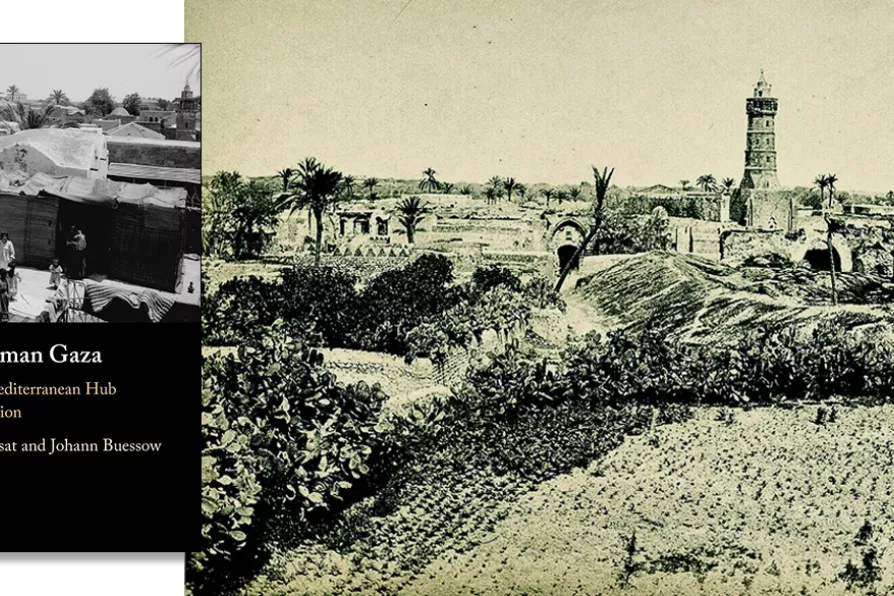JOE GILL speaks to the Palestinian students in Gaza whose testimony is collected in a remarkable anthology

 The Old Town of Gaza (1862–1863)
[Francis Frith/CC]
The Old Town of Gaza (1862–1863)
[Francis Frith/CC]
Late Ottoman Gaza: An Eastern Mediterranean Hub in Transformation
Yuval Ben-Bassat and Johann Buessow, Cambridge University Press, £85
YUVAL BEN-BASSAT and Johann Buessow are the sort of historians who like digging through archives for granular detail. Ben-Bassat’s previous work includes a study on petitions sent from Palestine to the Ottoman sultan at the end of the 19th century. Buessow’s CV includes the work Egyptian Rule in Syria through the Eyes of An Anonymous Damascene Chronicler 1831-1840.
This book is equally specific, delimited and detailed. This is not a history of heroes, this is what you can learn from, say, the 1905 Ottoman census in Palestine.
The manuscript was finished shortly before October 2023; the authors considered, and then rejected, updating it in the light of events since then which have plunged Gaza into the abyss. The tone is studiously academic and politically neutral, telling you what the evidence says and implies, and framing it within their particular expertise.

The plot to build a lavish Dubai-style luxury development where the rich can sun themselves on top of the mass graves of thousands is one of the most bizarre and twisted ideas to come out of the genocide in Gaza, writes ROGER McKENZIE

ALEX HALL follows the battered fortunes of Syria, a multi-ethnic country caught in the crossfire of competing imperialist interests












